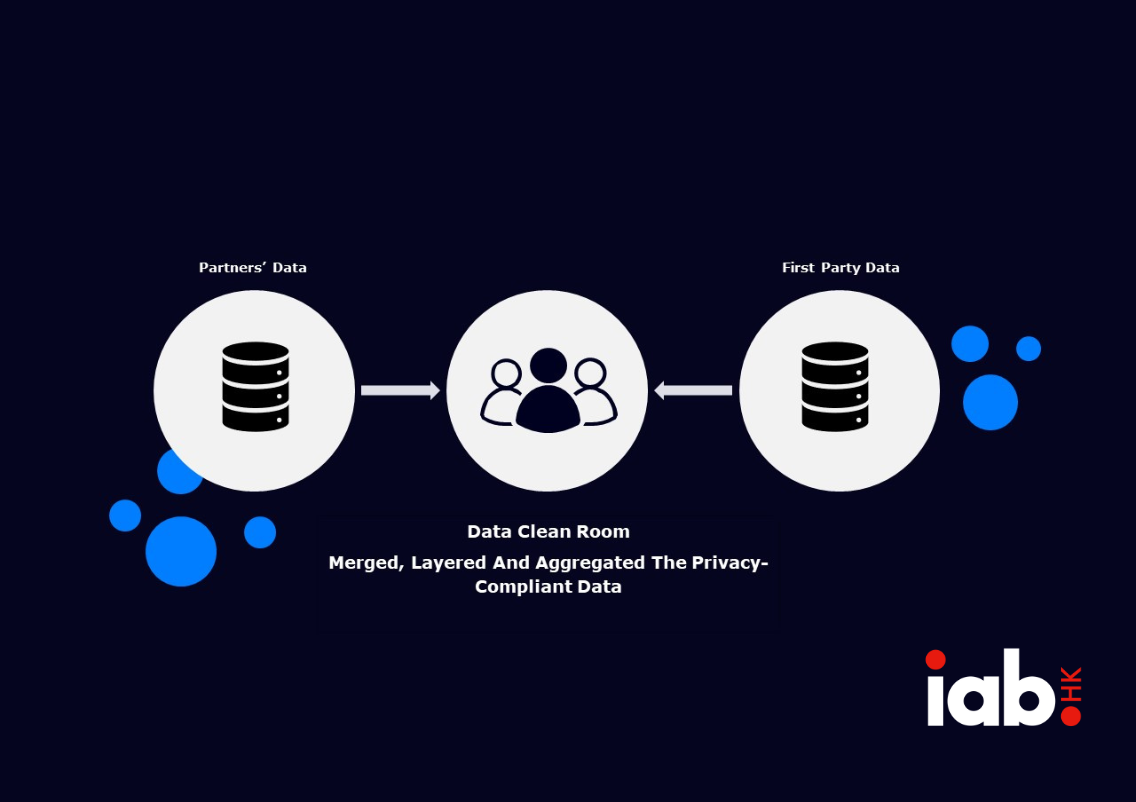- Home
- programmatic blog
- how use data clean rooms overcome challenges cookieless world 0
How to Use Data Clean Rooms to Overcome the Challenges of a Cookieless World?

Background
Data is a vital asset for any organization, but it also entails challenges and risks especially in the coming cookieless world in 2024. How can you use your data to gain insights, optimize performance, and create value, while also protecting the privacy and security of your customers, partners, and stakeholders? Data clean room and data collaboration are the solutions to this question.
What is Data Clean Room?
Data clean room is a platform that supports secure analysis and utilization of first-party data, which is the data collected and held from customers and own site visitors with their consent. It allows you to access and combine data from different sources, such as your own internal data, third-party data providers, or other organizations, without compromising the privacy or integrity of the data. The term “clean room” refers to an environment where only a limited number of people can access for a specific purpose, such as data integration and analysis. It is a secure environment where you can analyze and process sensitive or confidential data without exposing it to unauthorized parties.
The Benefits Of Data Clean Room
Data collaboration is the process of sharing and working with data across different parties, such as data owners, data users, and data analysts. Data collaboration enables you to unlock the full potential of your data, while also safeguarding the privacy and security of your data subjects. In the conventional limited analysis environment, only people who accessed a specific website or a specific content could be matched by name. Data clean room allows you to perform large-scale name matching across a wide range of screens and devices. Data clean room can also provide additional attributes for media to utilize, which were often missed in environments like DMP. With the help of data clean room and data collaboration, you can associate additional information from other parties with the specific ID, which allows a more detailed analysis or look-a-like modeling. For example, by linking the membership data as first-party data to data clean room, you can reveal what kind of users are the members by collaborating the data with different parties to build up their profiles. Using the attributes such as interests and preferences, you can enhance your customer experience by personalizing your offerings and tailoring your communications.
The Challenges Of Data Clean Room
Data clean room and data collaboration offer various benefits for secure data collaboration among multiple parties. However, they also pose some challenges in their implementation and operation. Data clean room are supposed to be neutral environments, but the room owners often set the rules. This may lead to conflicts or disagreements among the data owners and users regarding the access level, the analysis type, and the results ownership. Data clean room also requires strict controls and protocols to ensure data privacy and compliance with various regulations, such as GDPR and CCPA. This means that data clean room needs to have a clear governance structure, a robust monitoring system, and a transparent audit trail to prevent data leakage, unauthorized access, or misuse of data. Moreover, the quality and compatibility of the data of different parties heavily impact the effectiveness of data clean room. The data may have different formats, standards, definitions, or levels of accuracy. This may create challenges for data integration, analysis, and interpretation, and may affect the validity and reliability of the results.
Conclusion
Data clean rooms are one of the solutions for the cookieless world in 2024. They can help bridge the gap between a brand’s first-party data and the scarce third-party data that is needed to enhance campaign performance. By accessing external customer data through data clean rooms, marketers can achieve more accurate targeting, better insights into customer behaviour, and improved understanding of customer preferences. However, data clean rooms also require careful planning, management, and coordination among the data parties to ensure data quality, privacy, and compliance. Data clean rooms are not a one-size-fits-all solution, but a tailored approach that depends on the specific needs and objectives of each data collaboration project.
Author: Keith Fong, Head of Performance, Dentsu Hong Kong (IAB Hong Kong AdTech & Programmatic Committee)
 Please address any questions or comments about this blog to Alvina Chan, Secretariat Office, IAB (Hong Kong) - alvina.chan@iabhongkong.com
Please address any questions or comments about this blog to Alvina Chan, Secretariat Office, IAB (Hong Kong) - alvina.chan@iabhongkong.com

